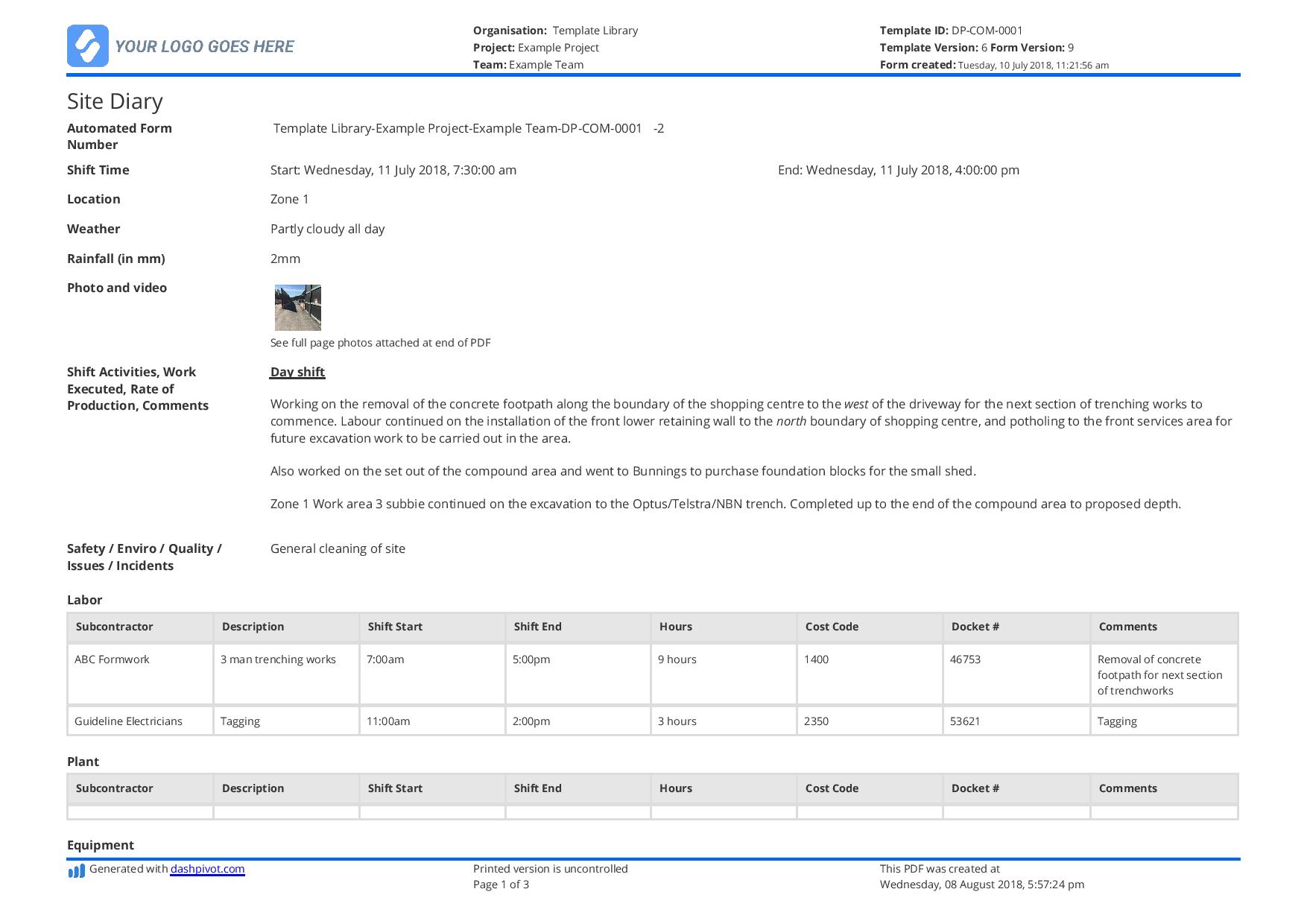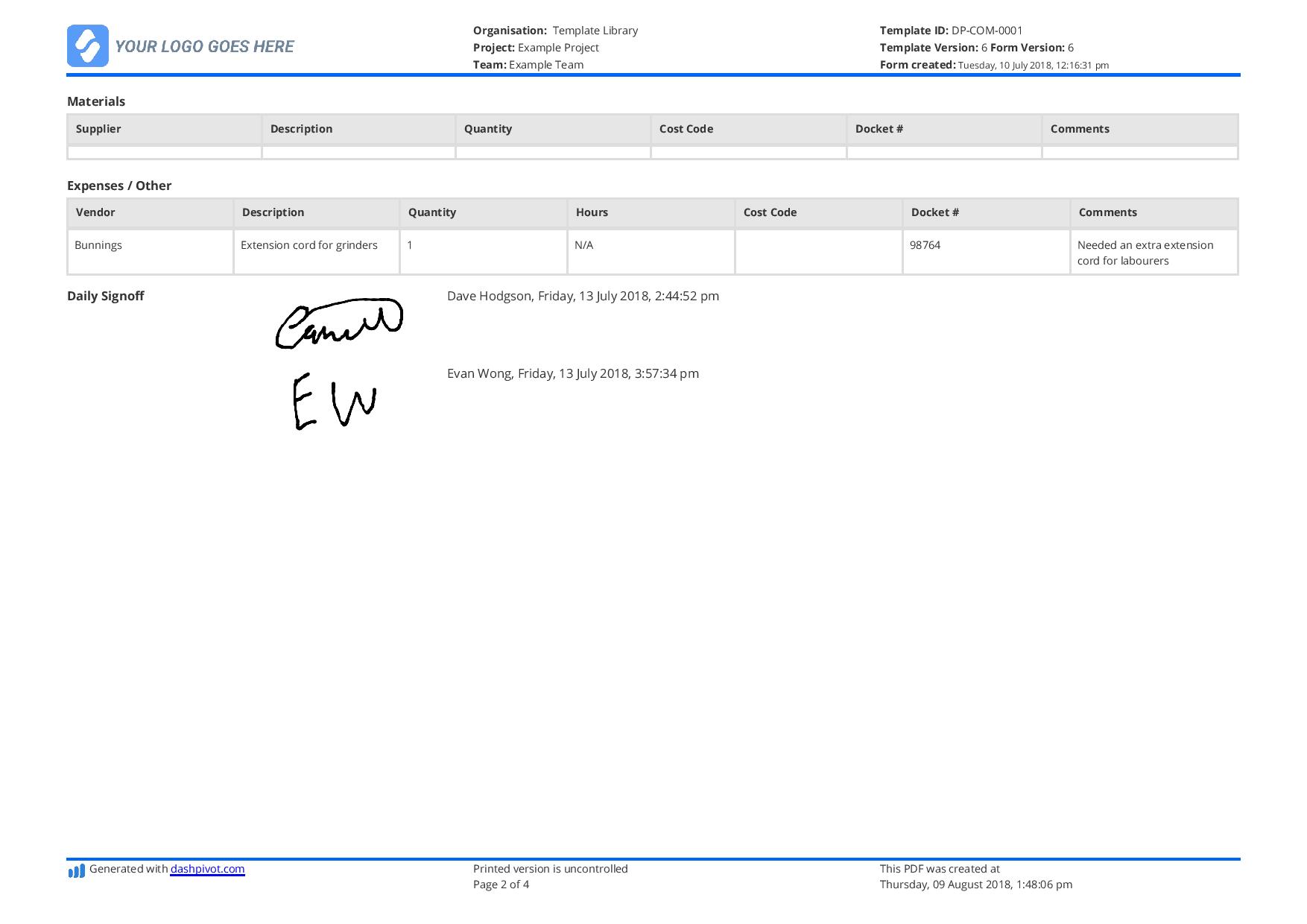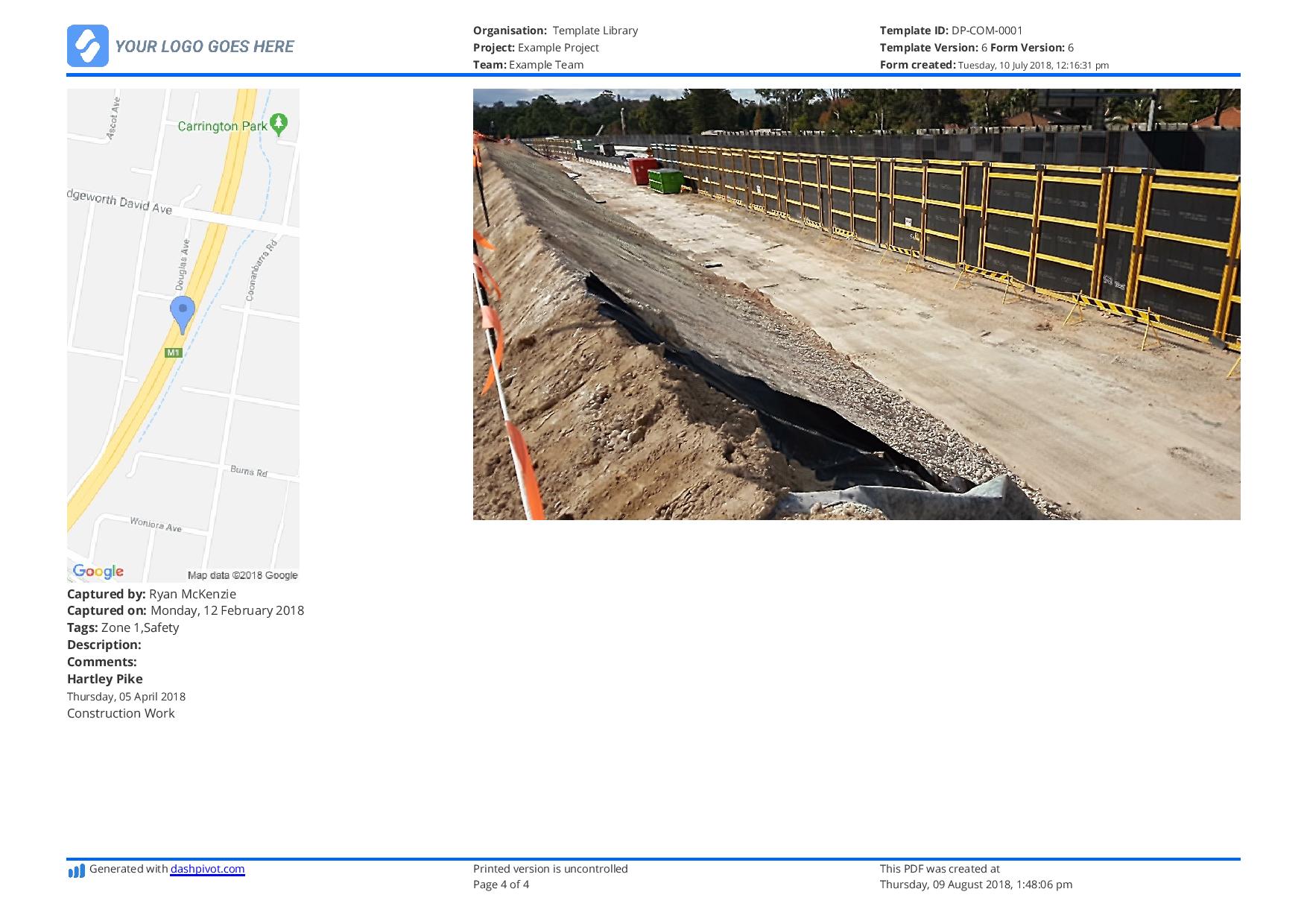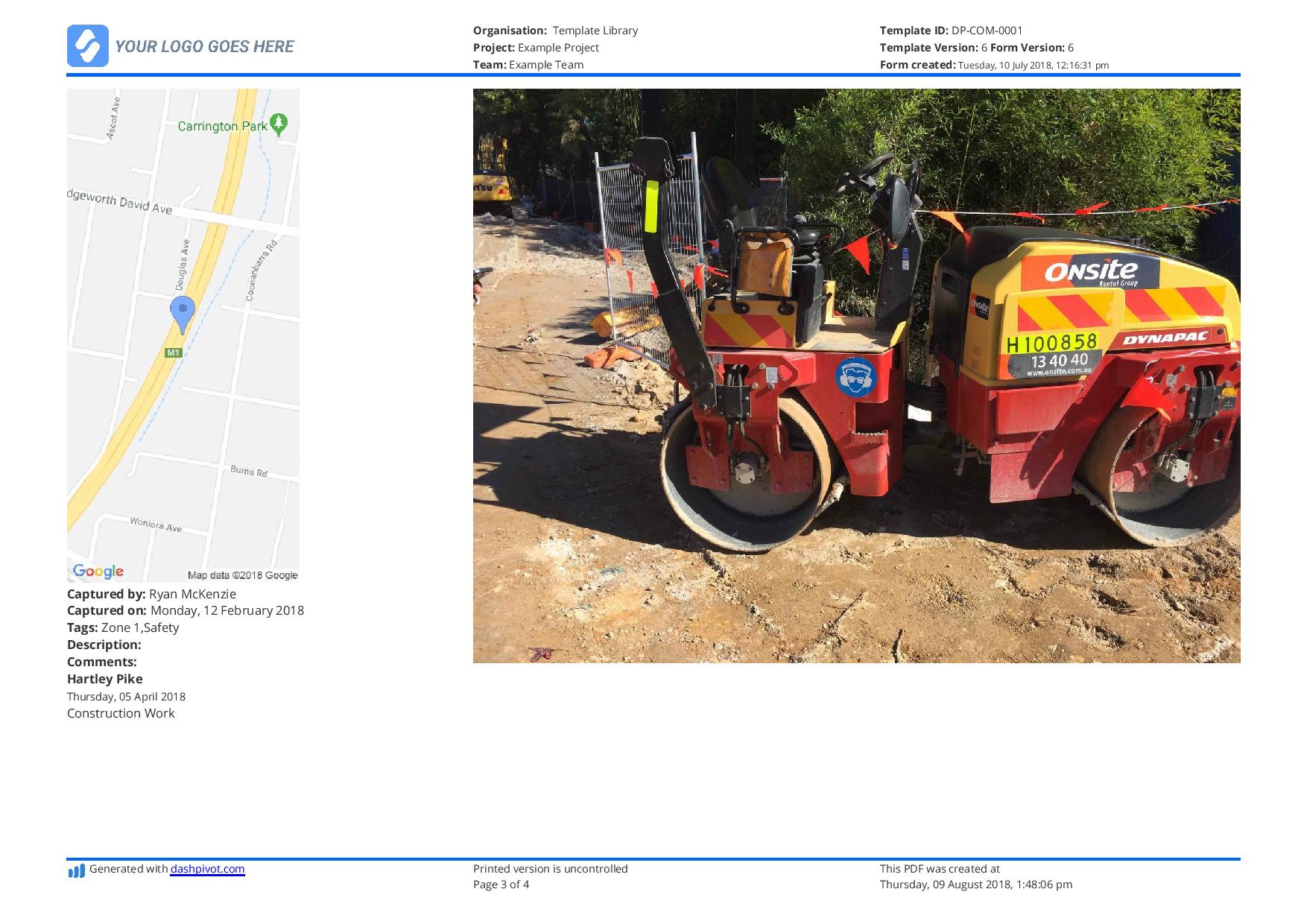Dashpivot article – Construction Dashboard Power BI

Construction Dashboard Power BI
Utilising a Construction Dashboard in Power BI
The construction industry, with its broad range of projects, stakeholders, and data sources, stands to gain massively from the rise of data analytics and visualisation tools.
Power BI is a big player in the business analytics software segment that companies should be looking at.
The ability to create a construction dashboard in Power BI allows stakeholders to visually understand and manage vast amounts of information, from project timelines to budget tracking. Let's delve into how a construction dashboard in Power BI can revolutionize the way we view construction data.
What is Power BI?
Power BI is a business analytics tool developed by Microsoft. It provides interactive visualisations and business intelligence capabilities with an intuitive interface for end-users to create their own reports and dashboards. Given its integration capabilities with a range of data sources, it's a natural fit for industries awash with data, such as construction.
Benefits of a Construction Dashboard in Power BI
- Visual Data Representation: With Power BI, construction data that once seemed complex and disconnected can now be presented in a coherent and visually appealing manner. This aids in faster decision-making and better comprehension of project metrics.
- Real-time Data Analysis: Power BI can connect to various data sources, updating in real time. This means that construction managers can monitor ongoing projects, keeping a tab on costs, timelines, and resource utilisation as they happen.
- Customisation: Every construction project is unique. Power BI allows stakeholders to customise their dashboards to their specific needs, ensuring that the most relevant data is always at the forefront.
- Collaboration: With Power BI’s cloud capabilities, dashboards can be shared and collaborated on by multiple stakeholders, ensuring everyone is on the same page.
Implementing a Construction Dashboard in Power BI
- Data Integration: Begin by integrating data sources. This can range from Excel sheets, databases, to more complex ERP and project management systems.
- Data Transformation: Using Power BI’s Query Editor, clean and transform your data, ensuring it's in the right format and hierarchy.
- Visualisation: Choose from a range of visualisation tools within Power BI - from bar graphs, pie charts, to more complex Gantt charts and heat maps. Link these visualizations to your data sources.
- Interactivity: Enhance user experience by adding slicers, drill-throughs, and tooltips. This enables users to interact with the data, drilling down from high-level overviews to granular details.
- Share & Collaborate: Once satisfied, publish your dashboard to the Power BI service, allowing stakeholders to access and collaborate.
How can you get your construction data into Power BI?
-
- Manual Data Entry
- Entering Data Directly: For very small datasets or specific, non-recurring data needs, manual entry directly into Power BI can be an option but is often time-consuming and error-ridden.
- Direct Data Import
- Excel Spreadsheets: Power BI can directly import data from Excel files. This is useful for smaller datasets or when you're working with data exported from other software in Excel format.
- CSV/Text Files: Import data from CSV or text files, which are common export formats from various systems.
- Database Connections
- SQL Server: Connect Power BI directly to SQL Server databases to access and analyze data.
- Other Databases: Power BI supports connections to a wide range of databases like MySQL, PostgreSQL, Oracle, and others.
- Cloud-Based Services
- Microsoft Azure: Integrate with Azure SQL Database, Azure Blob Storage, and other Azure services.
- Other Cloud Services: Connect to cloud platforms like Amazon Web Services (AWS), Google Cloud, or others depending on where your data is hosted.
- API Integration
- Construction Management Software APIs: If you're using Dashpivot you can use the Flowsite PowerBI Integration to automatically import your data into Power BI.
- Manual Data Entry
Main Use Cases for integrating your Construction documents with Power BI
- Site Diaries and Logs
- Daily Logs: Records of daily activities, weather conditions, workforce attendance, and equipment usage.
- Incident Reports: Details of any safety incidents, accidents, or near-misses on-site.
- Site Attendance Registers: Get detailed workforce and site attendance and engagement data.
- Safety Plans and Audits: Documentation related to safety planning, audits, and safety training records.
- Quality Control Documents
- Inspection Reports: Details of inspections conducted, including outcomes and any identified defects or non-compliance issues.
- Test Results: Reports of material testing, structural tests, etc.
Other potential use cases for Power BI to create Construction Dashboards:
- Financial Documents
- Resource Management
- Contractual and Legal
- Compliance and Regulatory Requirements
- Communication
- Risk Management
See an example of a Site Diary you can use below, then automatically connect it to Power BI using Flowsite.

Key Metrics to Include in a Construction Dashboard Power BI
- Project Timelines: View project start dates, estimated completion dates, and current progress.
- Budget Tracking: Monitor initial budgets versus current expenditures and forecasted costs.
- Resource Utilization: Track manpower, machinery, and material utilization against the planned metrics.
- Safety Metrics: Monitor safety incidents, and track safety trainings and certifications for staff.
- Quality Control: Display metrics related to inspections, defects, and rework.
Digitise your documents for easy data exporting into Power BI
The best way to get your construction data into Power BI is to use digital documents to standardise your reporting.
Use this site diary template to capture your site diary information in the correct format, with pre-built fields and sections, so everything is ready for easy importing into Power BI.
Customise any digital document in your template library with the drag and drop form builder, with tables, signatures, required fields and more.
Use digital site attendance, safety documents and quality inspections so any information your team captures on site is immediately available to be imported into Power BI.

Site diary template
Complete and organise your daily diaries more efficiently.

Site Inspection Report template
Improve your site inspection reports using this flexible format and proven framework for those all-important site inspections.

Snag list template
Don't let snags get in the way of project completion.



